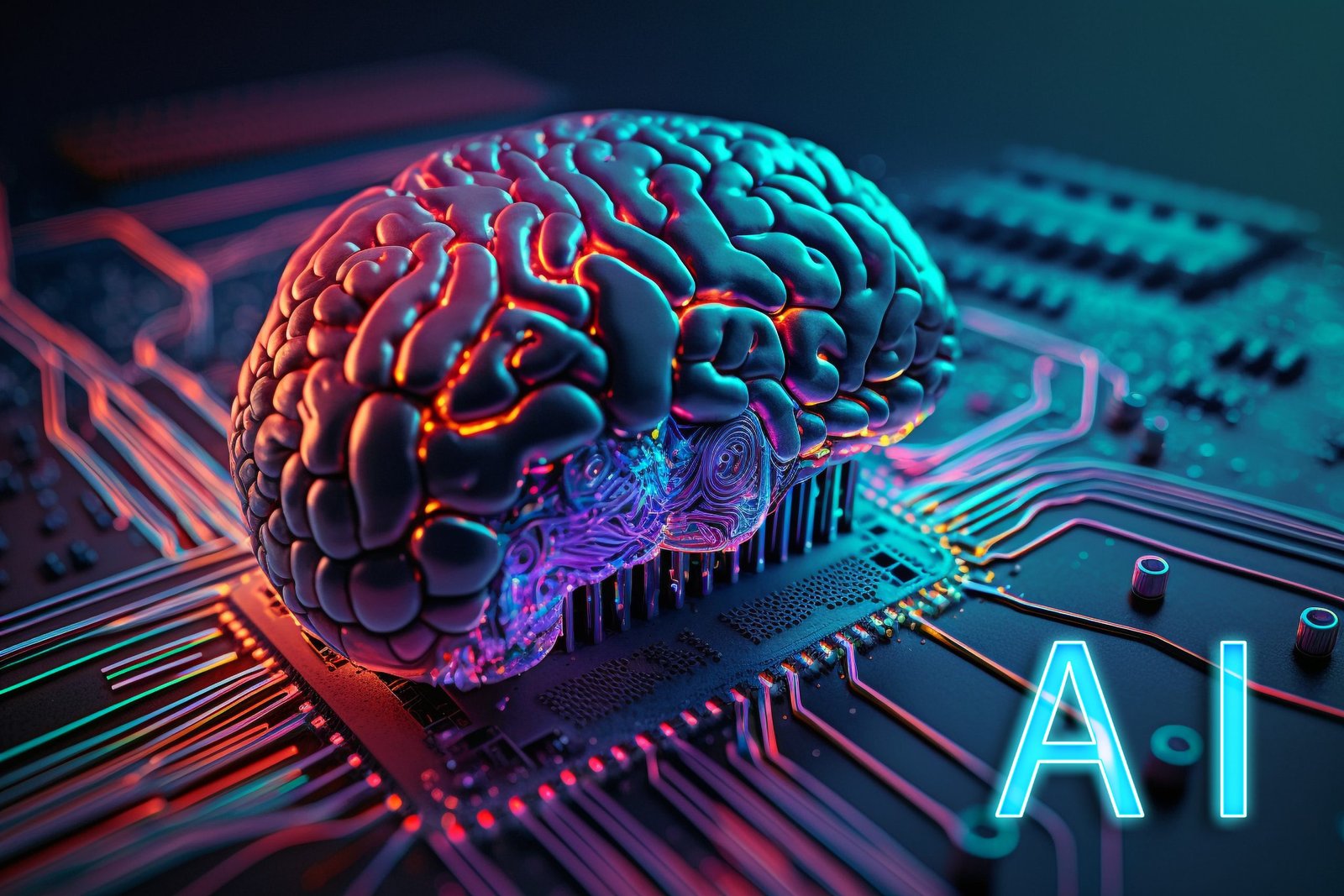Artificial Intelligence (AI) has emerged as a transformative technology, revolutionizing various industries and applications. However, the rapid advancement of AI would not have been possible without the parallel development of AI hardware, particularly AI chips. These specialized processors are designed to handle the immense computational demands of AI algorithms efficiently. As we step into 2023, AI chips have reached new heights of sophistication, pushing the boundaries of AI capabilities. In this article, we delve into the latest innovations in AI hardware and the implications they hold for the future of AI-powered technologies.
- Customization and Acceleration: In 2023, one of the most prominent trends in AI chips is customization. Instead of relying on general-purpose processors, AI hardware now focuses on specialized architectures tailored for specific AI workloads. These customizations optimize the hardware for tasks such as deep learning, natural language processing, and computer vision, resulting in significantly faster and energy-efficient AI computations. Application-specific integrated circuits (ASICs) and field-programmable gate arrays (FPGAs) have gained popularity as they offer the flexibility to adapt to evolving AI models and requirements.
- Neural Processing Units (NPUs): Neural Processing Units (NPUs) are a key advancement in AI hardware. NPUs are purpose-built to accelerate neural network operations, which are at the core of deep learning models. In 2023, we have seen NPUs integrated into a wide range of devices, from smartphones and edge devices to data centers. These NPUs can handle complex matrix multiplications and activations with exceptional speed, enabling real-time AI inferencing on edge devices and improving the overall performance of AI applications.
- Quantum AI Processors: Quantum computing has gained significant attention as a potential game-changer for AI. In 2023, there have been notable breakthroughs in quantum AI processors, where qubits are harnessed to perform AI computations more efficiently than classical computers. Quantum AI processors have the potential to revolutionize AI tasks, such as optimization problems, pattern recognition, and machine learning, by exploiting quantum parallelism and superposition. While still in the experimental stage, quantum AI processors hold promise for tackling complex AI challenges beyond the capabilities of classical hardware.
- Energy Efficiency and Green AI: With the increasing demand for AI-powered services, energy efficiency has become a critical consideration in AI hardware design. In 2023, we have witnessed a focus on developing energy-efficient AI chips to address the environmental impact of AI computing. AI hardware manufacturers are striving to achieve higher performance per watt, ensuring that AI technologies can continue to expand sustainably without excessively straining power resources.
- AI Chip Stacks and Hybrid Architectures: In the pursuit of maximizing AI performance, chip manufacturers are exploring novel approaches like chip stacking and hybrid architectures. Stacked chips, also known as 3D integration, involve vertically integrating multiple layers of chips to reduce data transfer distances, enhance memory bandwidth, and boost performance. Hybrid architectures combine different types of processors, such as CPUs, GPUs, and NPUs, to leverage their individual strengths for diverse AI workloads. These innovations pave the way for more efficient and powerful AI systems.
- Edge AI and On-Device Processing: In 2023, AI is increasingly moving to the edge of networks and devices, where data is generated, to enable real-time and privacy-preserving AI applications. AI chips designed for edge computing are optimized for low latency and power efficiency. On-device AI processing reduces the need for data transmission to centralized servers, enhancing data privacy and security while enabling faster response times in critical applications like autonomous vehicles, healthcare, and IoT devices.
- Challenges and Opportunities: Despite the remarkable progress in AI hardware, challenges remain in terms of scalability, memory bandwidth, and cooling. AI models are becoming increasingly complex, demanding higher memory capacity and bandwidth. Cooling solutions are vital to prevent overheating in high-performance AI systems. Addressing these challenges will be essential to unlock the full potential of AI hardware.
The future of AI chips in 2023 is characterized by unprecedented customization, energy efficiency, and the convergence of AI and quantum computing. As AI hardware continues to evolve, it will fuel the growth of AI-powered technologies across industries, shaping the way we live, work, and interact with the world. The latest innovations in AI hardware represent a new era of possibilities, pushing the boundaries of AI capabilities and bringing us closer to the realization of truly intelligent machines. As AI chips evolve and mature, we can expect AI to become even more pervasive, driving innovation and transforming our lives in ways we have yet to imagine.





